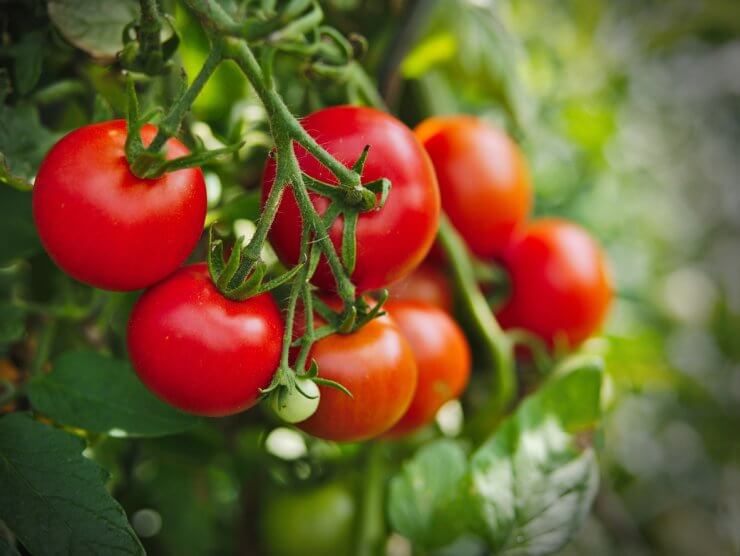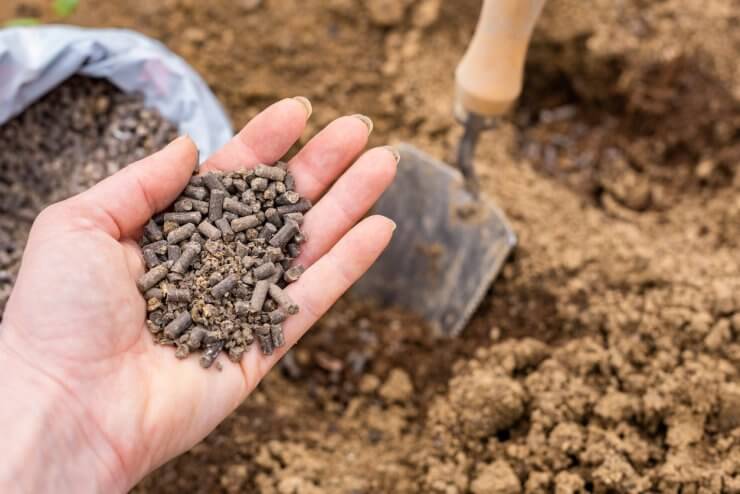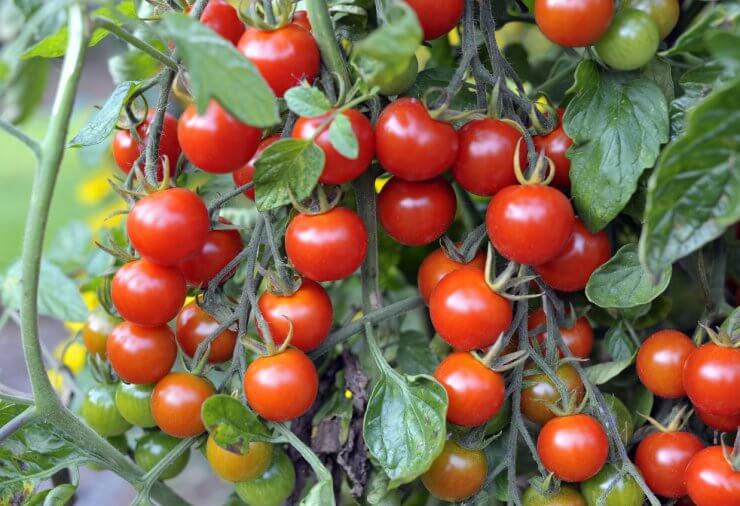
Every spring, I watch fellow gardeners fuss over tomato varieties and perfect trellising systems. But after decades of getting my hands dirty, I’ve learned that the real magic happens underground. While everyone’s debating between Brandywine and Cherokee Purple, I’m thinking about the invisible ecosystem that will feed those hungry plants for months to come.
Let’s get real about tomato growing: your soil game needs to be strong. These aren’t some low-maintenance succulents we’re talking about – tomatoes are the demanding divas of the garden, and they need a proper stage to perform on. But here’s where it gets fascinating: creating that stage is less about buying expensive fertilizers and more about understanding the underground orchestra that makes everything work.
Think of your soil as a living concert hall. Your tomatoes aren’t just sitting in dirt; they’re conducting an intricate performance with billions of microorganisms. The key players? First up is compost – not the sad, soggy heap in the corner, but properly decomposed organic matter that’s dark as coffee grounds and smells like a forest floor. I add 2-3 inches of this black gold to my tomato beds.
Here’s something they don’t tell you at the garden center: aged manure isn’t just nutrients; it’s a microbial powerhouse. But timing is everything. That fresh stuff from your neighbor’s horse farm? Let it age like a fine wine. I spread well-composted manure in fall or early spring, giving it time to mellow before the tomatoes move in. Trust me, your plants can tell the difference between fresh and aged manure – and so can your nose.
Minerals That Matter
Now, let’s talk about the unsung heroes of the tomato patch. Bone meal sounds medieval, but it’s actually a genius addition to your soil. It’s packed with phosphorus and calcium, which helps prevent that heartbreaking condition known as blossom end rot. I sprinkle a handful into each planting hole – think of it as a calcium supplement for your tomatoes.
Here’s a nerdy secret that changed my garden: Epsom salt isn’t just for sore muscles. When your tomato leaves start yellowing despite your best efforts, a foliar spray of Epsom salt solution can work wonders. It’s like giving your plants a magnesium vitamin shot, and the transformation can be remarkable.
Dealing with Difficult Soil
Got sandy soil that drains faster than your morning coffee? Peat moss is your friend. Heavy clay turning your garden into a summer brick? Let me introduce you to perlite and vermiculite. I use both in my clay-heavy beds, and the difference in root development is stunning. Think of these amendments as soil architects, rebuilding your garden’s foundation from the ground up.
Natural Disease Fighters
This is where it gets really interesting. Did you know there’s a natural amendment that acts as both fertilizer and pest control? Neem cake – the solid stuff left over from pressing neem seeds for oil – is like having an organic security system in your soil. It feeds your plants while telling root-knot nematodes to look elsewhere for lunch.
But the real MVPs are mycorrhizal fungi. These microscopic helpers form networks around your tomato roots, essentially extending their reach and protecting them from pathogens. Adding mycorrhizal inoculants at planting time is like giving your tomatoes a superpower boost.

Building Soil Health Over Seasons
Here’s what separates good gardens from great ones: thinking beyond the current season. I always plant cover crops! Cover crops aren’t just for farmers – planting clover or vetch in your off-season tomato beds is like running a soil improvement program while you sleep. When spring comes, those plants break down into perfect food for your next tomato crop.
And don’t get me started on mulching. A thick layer of straw or shredded leaves isn’t just about keeping weeds down – it’s feeding your soil food web and regulating soil temperature. Plus, it prevents soil from splashing onto your plants during rain, which can spread disease faster than gossip at a garden club meeting.
Here’s a concise list of the top 10 soil amendments I use most often in my tomato garden:
- Compost – The foundation of good soil health. It improves soil structure, adds slow-release nutrients, and supports beneficial microorganisms. A mix of kitchen scraps, leaves, and aged manure makes the best blend.
- Aged Manure – Provides rich nitrogen and phosphorus while improving soil structure. Chicken manure is especially nutrient-dense, but any well-composted manure from herbivores (cows, horses, rabbits) works well.
- Bone Meal – An excellent source of phosphorus and calcium, which prevents blossom end rot and supports strong root development. It’s particularly valuable during the flowering and fruiting stages.
- Cover Crops – Oats and hairy vetch are my go-to choices. Oats winter-kill naturally in cold climates, leaving behind a perfect mulch layer for spring planting. I’m particularly fond of hairy vetch – it’s amazing how it boosts tomato health and productivity while adding nitrogen to the soil.
- Epsom Salt – Supplies magnesium and sulfur, preventing yellow leaves and supporting chlorophyll production. It’s especially useful in magnesium-deficient soils.
- Peat Moss – Perfect for sandy soils, as it retains moisture while keeping soil loose. It also helps slightly acidify soil, which tomatoes appreciate.
- Vermiculite – Improves soil aeration and water retention without compacting. It’s particularly valuable in clay soils and helps prevent root rot.
- Worm Castings – Nature’s perfect fertilizer, providing nutrients and beneficial microbes in a form that won’t burn plants. It also improves soil structure and water retention.
- Blood Meal – A fast-acting nitrogen source that gives plants a quick boost during their heavy feeding periods. Use sparingly to avoid excessive foliage growth.
- Green Sand – A slow-release source of potassium, iron, and other minerals that helps break up clay soils. It’s especially valuable for long-term soil improvement.
- Mycorrhizal Fungi Inoculant – Though not technically an amendment, this powder introduces beneficial fungi that form symbiotic relationships with roots, dramatically improving nutrient uptake and disease resistance.
The Science Behind the Magic
I’m a big believer in soil testing, not because I love chemistry (though I do), but because it takes the guesswork out of amendments. Every garden is different, and what works in my clay-heavy plot might be overkill in your sandy loam. A simple soil test can save you money and prevent nutrient imbalances that can make your plants sulk.

Sweet Million Hybrid Cherry Tomatoes
The Real Harvest
Yes, we all want perfect, Instagram-worthy tomatoes. But the real satisfaction comes from building soil that gets better every year. When you focus on feeding the soil rather than just the plants, you’re not just growing tomatoes—you’re creating a living ecosystem that will reward you with healthier plants and better harvests for years to come.
So this season, before you obsess over which tomato varieties to grow, take a good look at what’s under your feet. Give your soil the attention it deserves, and those tomato plants will pay you back with interest. After all, in the end, we’re not just growing tomatoes – we’re growing better soil.
What do you do to amend your soil?


 Previous
Previous

